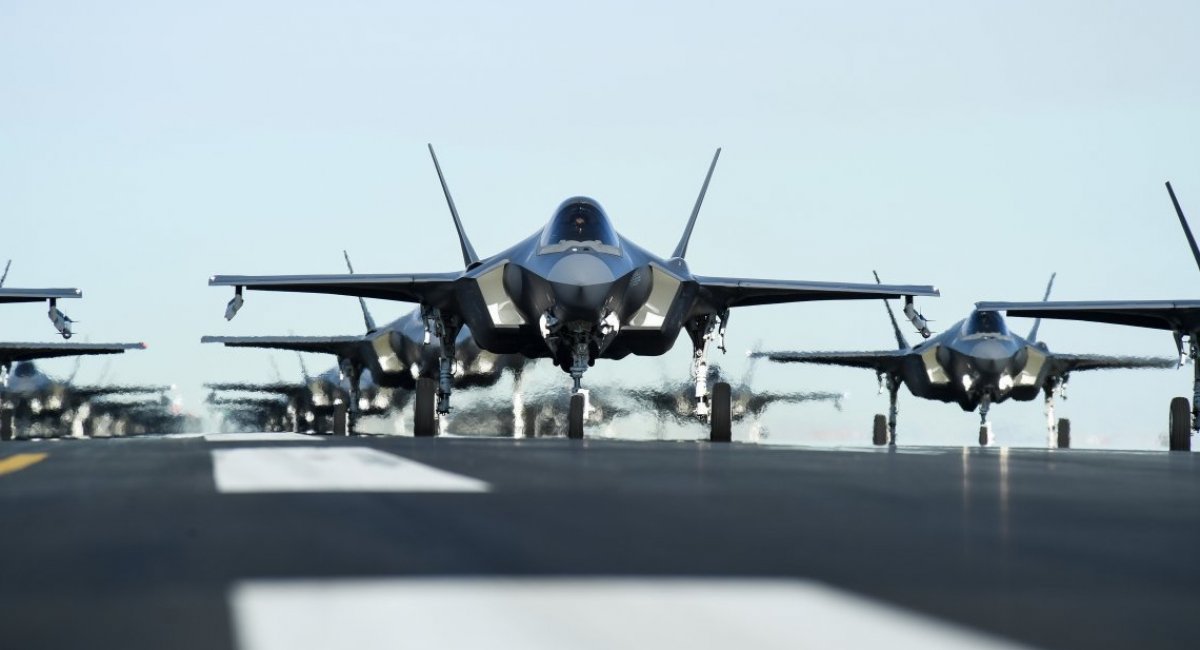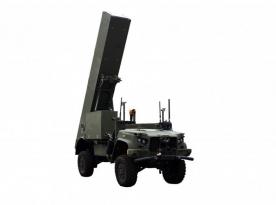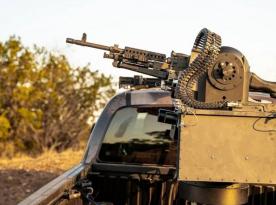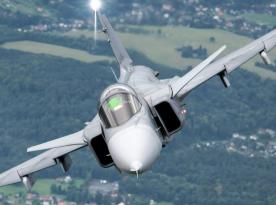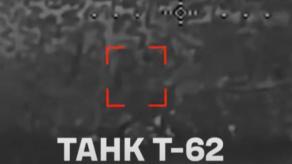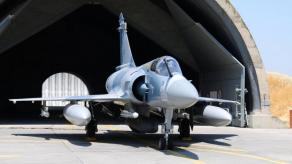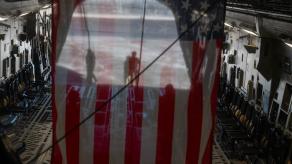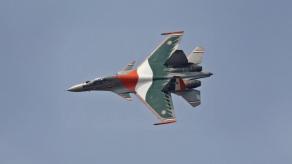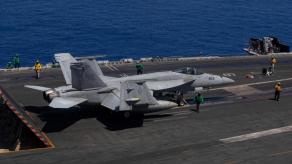The U.S. and Lockheed Martin have finally finalized a deal for fifth-generation F-35 fighter jets covering production lots 18 and 19. In total, the order includes 296 aircraft (148 per lot), with a price tag of $24.29 billion.
According to the information, the average cost per aircraft amounts to $82.4 million, which is slightly higher than in previous contracts. At the same time, it remains cheaper than many other 4+ generation competitors, highlighting the benefits of mass production.
Read more: Inspired by F-22, India Eyes Risky Engine Test on Su-30MKI
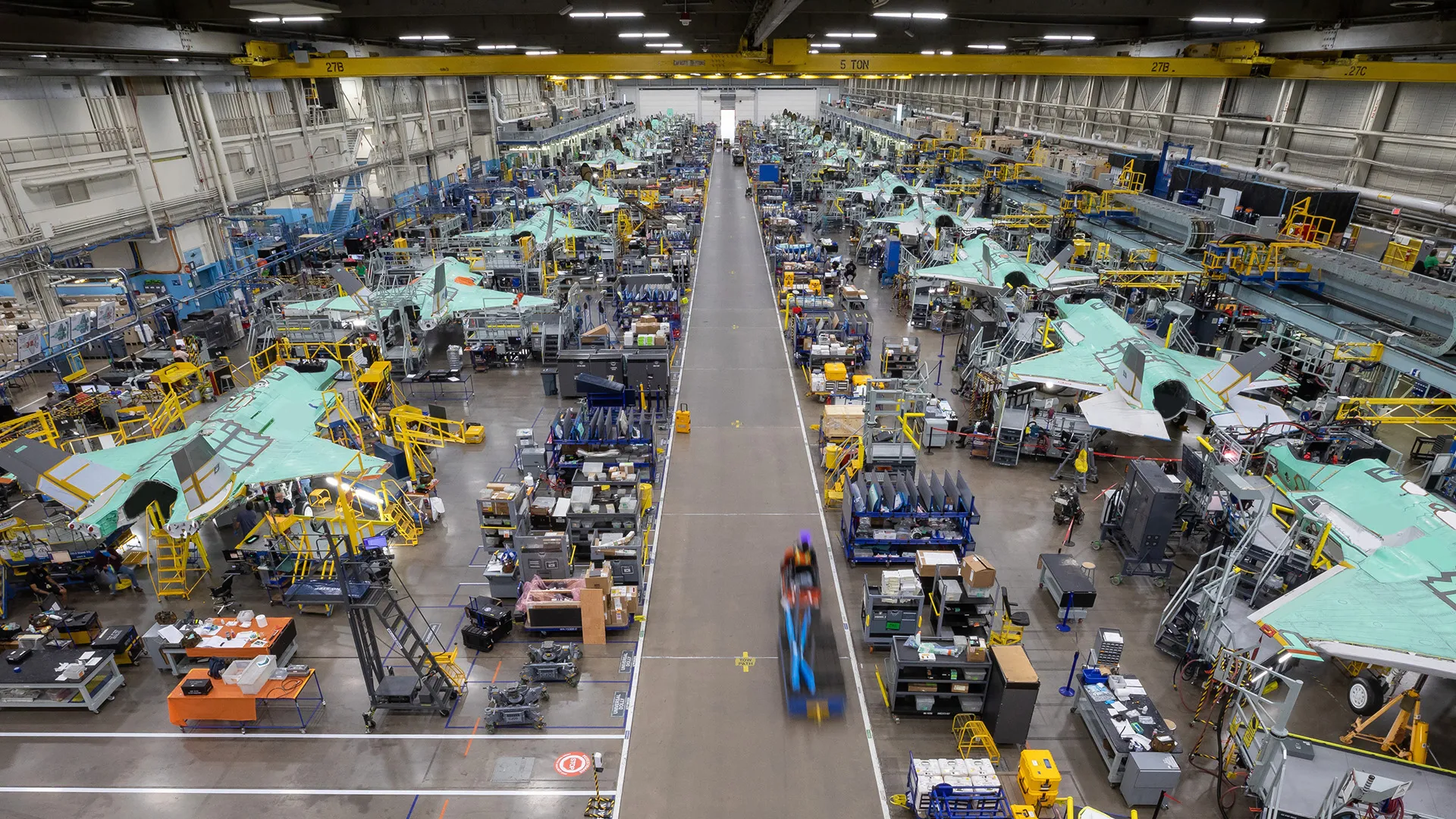
It's important to note that this figure represents an average across all variants and customers. That means it includes the more complex and expensive F-35B with short takeoff and vertical landing capabilities, as well as the carrier-based F-35C. It also factors in the cheaper F-35A, the standard conventional variant.
To better understand, let's take a look at lot 19: it consists of 40 F-35As for the U.S. Air Force, 12 F-35Bs and 8 F-35Cs for the U.S. Marine Corps, and 9 F-35Cs for the U.S. Navy. For foreign deliveries, the breakdown is 13 F-35As and 2 F-35Bs for Joint Strike Fighter (JSF) program partners, plus 52 F-35As and 12 F-35Bs for international customers under the Foreign Military Sales (FMS) program.
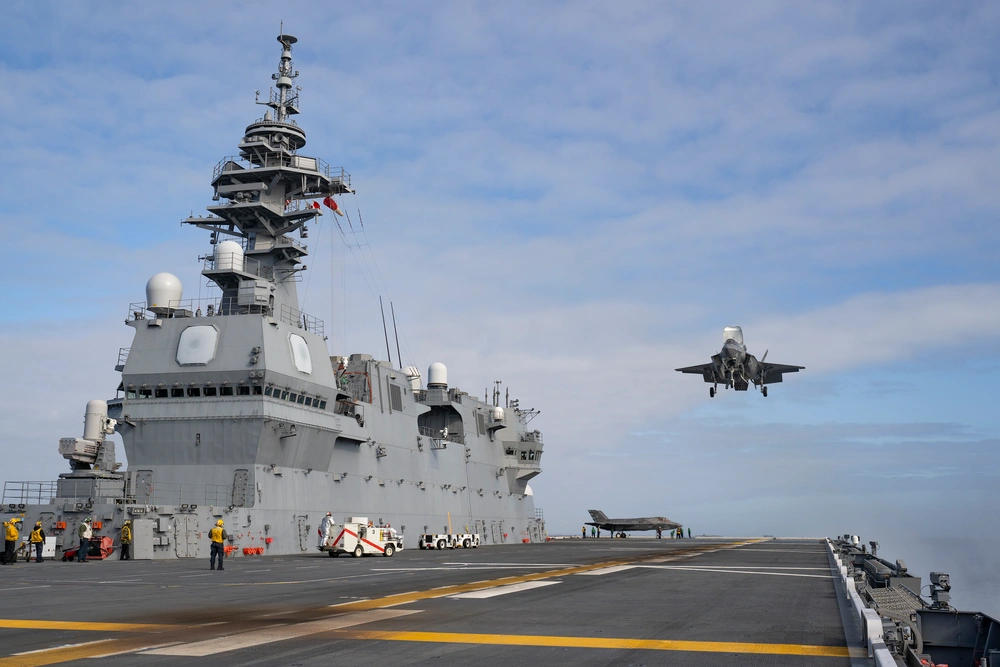
This creates a mix of allocations that shapes the average cost mentioned earlier. Still, this figure can be considered representative of the F-35's base price. To this, other contracts add expenses for training, infrastructure, armament, and more.
For example, the Czech Republic paid $5 billion for its deal, which equals $208.3 million per aircraft. Meanwhile, Romania's approved deal amounted to $7.2 billion for 32 jets, or $225 million per aircraft.
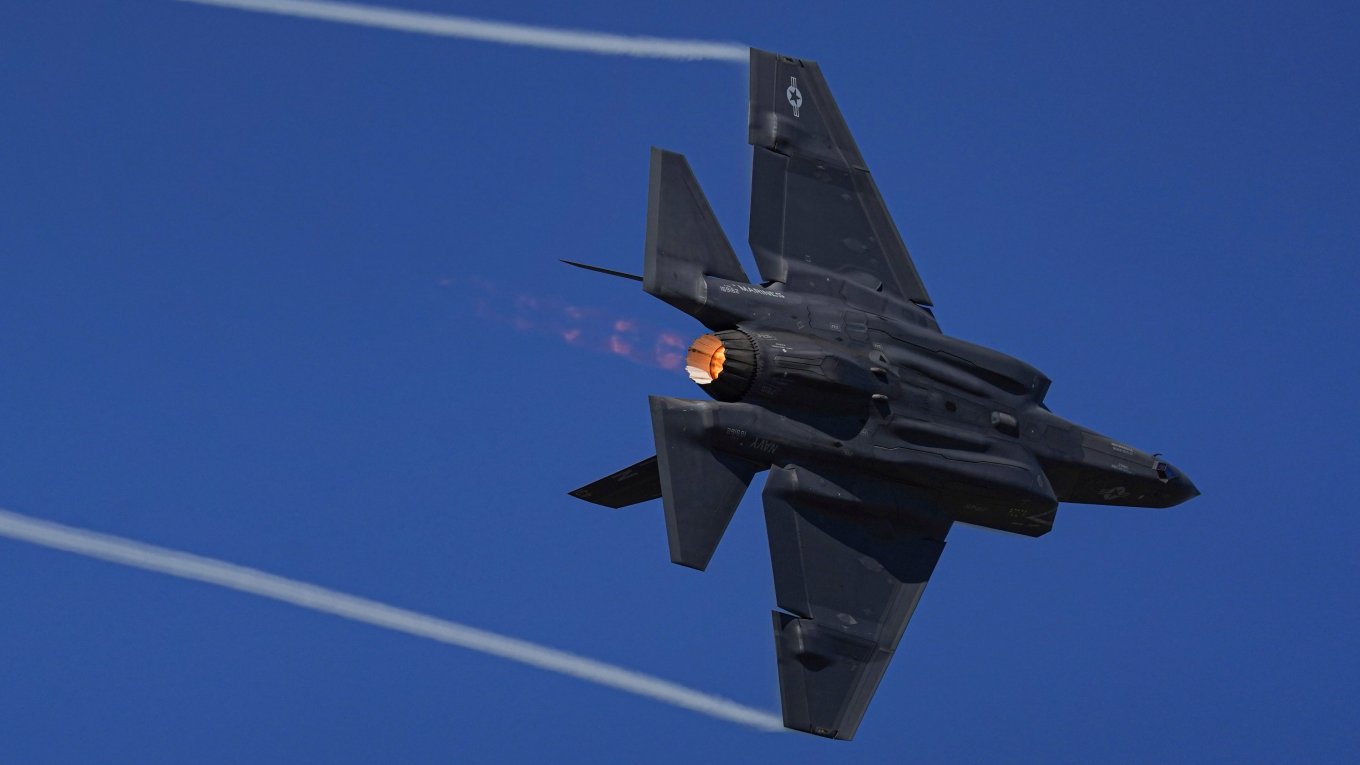
It should also be remembered that, in addition to these associated costs, contracts for foreign buyers are generally more expensive compared to those for the U.S. or JSF partner nations. This is a common practice worldwide and not surprising.
By comparison, Frances Rafale costs its own military nearly $131 million (€119 million) per unit, despite being less capable. This illustrates the advantages of serial production, which not only ensures volume and delivery speed but also helps reduce unit cost.
Read more: UAV Warfare Pushes U.S. to Spend Billions on Air-Defense Protection




